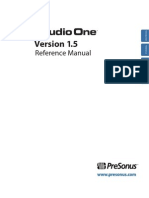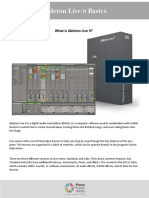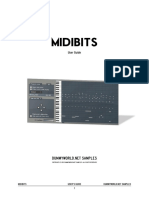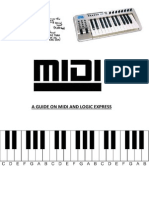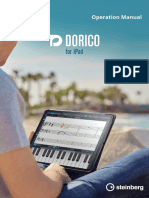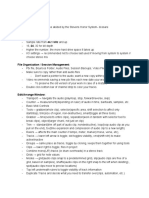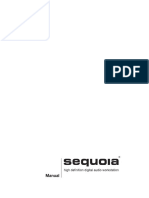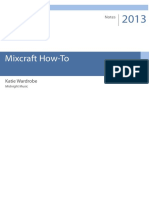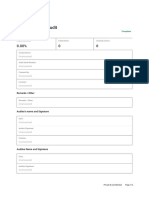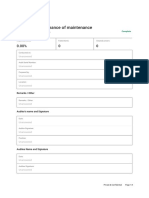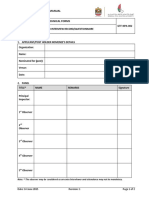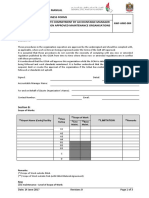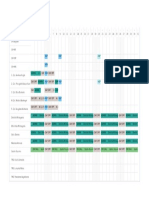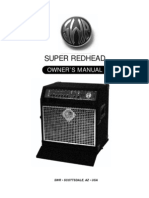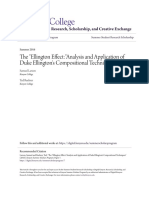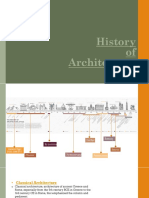HOW TO USE
(I) You can you use either the Finder (Mac), File Explorer (Windows) or if you
DAW has a built-in file management to drag and drop the files from within your
DAW. Please read your chosen DAW manual to see if it has a file management
option and how to use accordingly. It is down to personal preference if you prefer
to use the Finder/File Explorer or your DAW file management function.
(II) If you drag a file onto an instrument track and get an error message saying, 'file
type not supported' and opens a new track with the midi file underneath it. You
should still get playback and once the file has loaded you can then drag the file
back onto your instrument track. If for some reason you do not get playback, there
is something in your DAW settings that needs to be fixed.
(III) When working with flat keys some DAWs cannot show flats (b) in the piano roll.
So, a Bb major chord will look like A#-D-F instead of Bb-D-F. It is the exact
same chord just the notation of your piano roll is set to read sharps (#). Some
DAWS allow you to change the notation of the piano roll please check your
chosen DAW manual.
(IV) When loading a chord progression, the DAW loads it up as one file instead of
separate files for each chord. If you want to replace a chord with a new chord, for
example, CMaj to CMaj7 you must delete the CMaj chord from the piano roll
first. Once deleted, you will notice a gap in the main timeline view of your
session. You can then simply drag and drop the CMaj7 chord file into that gap and
then you have successfully replaced the chord CMaj to CMaj7.
(V) MIDI is a lot more flexible compared to audio samples. This means when you
change the BPM of your project the MIDI files will automatically change into that
new tempo. You can change the Key signature, however; some minor adjustments
will probably need to adjust the length of the MIDI event data to fit within the
new key signature change
(VI) If you feel like a MIDI chord voicing is too high or too low, you can simply
highlight the notes and drag them up or down to whatever pitch you feel is better
suited.
(VII) These files will work in any DAW and any VST/Instrument track that has the
function to playback MIDI data meaning, you have endless possibilities of
different sounds.


